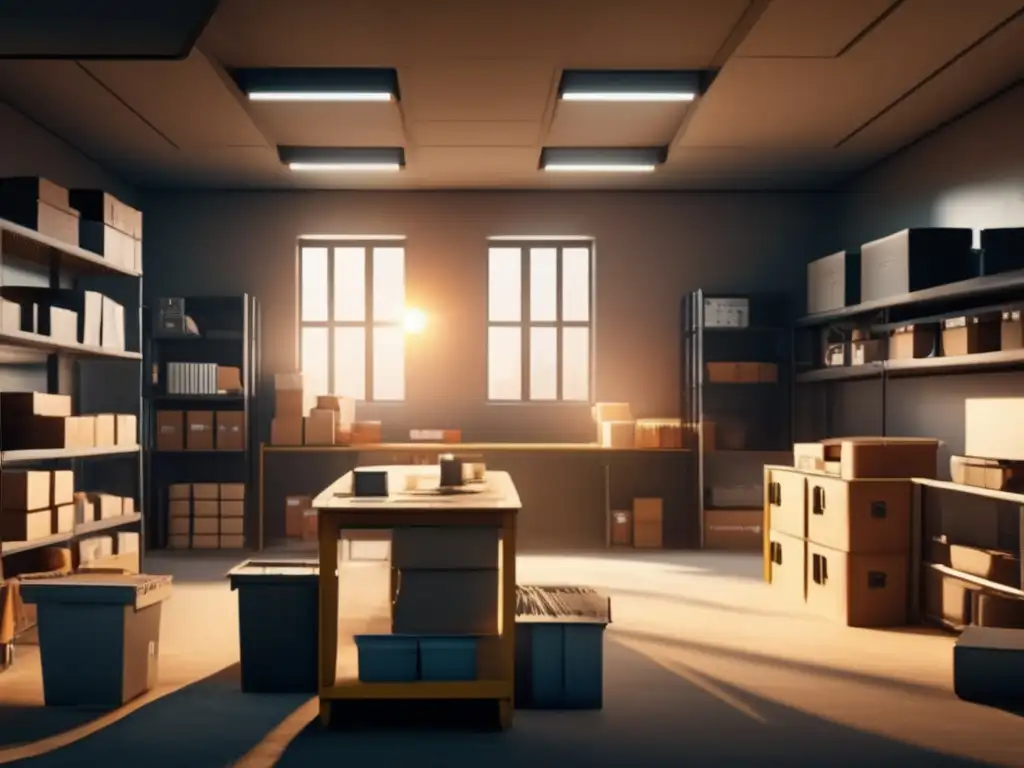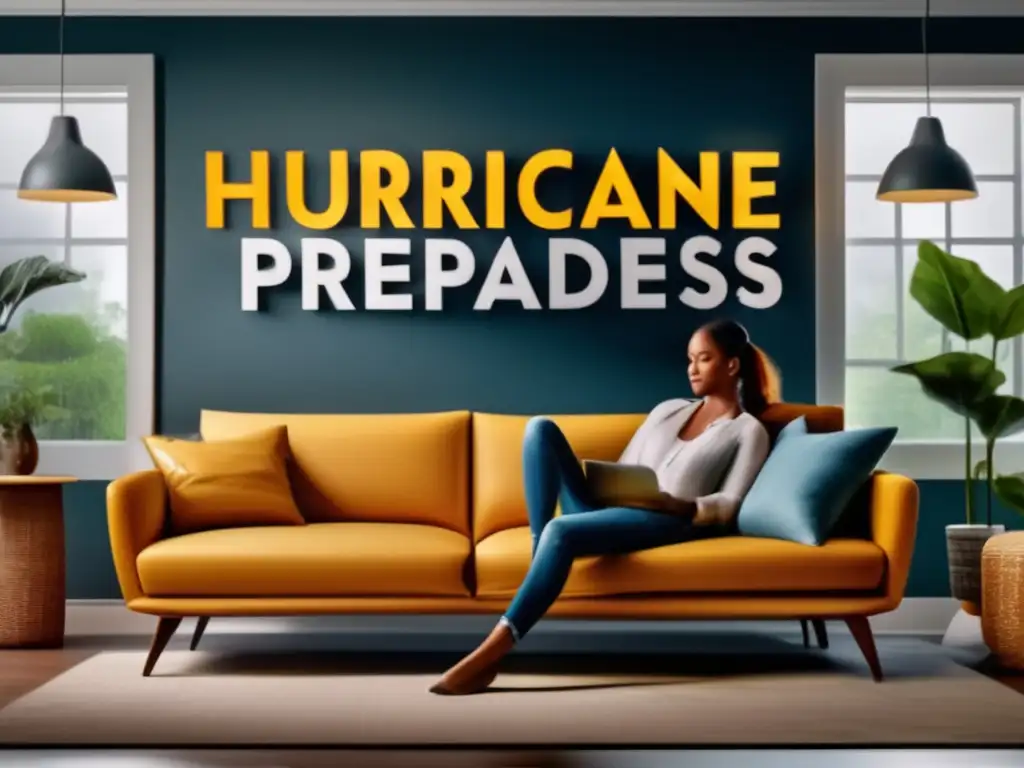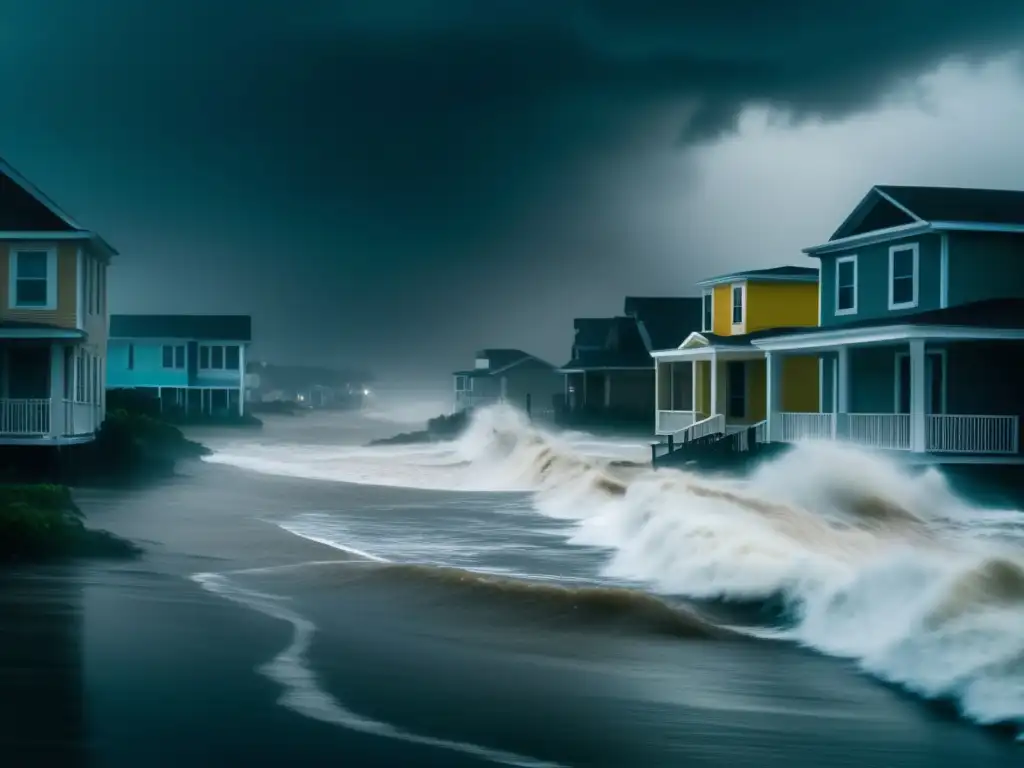Creating An Indoor Safe Zone For Hurricanes

Creating an Indoor Safe Zone for Hurricanes
Introduction
When a hurricane is approaching, it is crucial to create a safe space in your home to protect yourself and your loved ones. One of the most important steps you can take is to establish an indoor safe zone, also known as a shelter-in-place area. This area should be able to withstand strong winds and flying debris, and provide protection from flooding and electrical hazards. Here we will discuss how to create an indoor safe zone that will keep you and your family safe during a hurricane.
Choosing the Right Room

Determining Which Room Will Serve as the Safe Zone
The first step in creating an indoor safe zone is choosing the right room in your home. Ideally, it should be a small, interior room like a bathroom or closet, and it should be located on the lower level of your home. If you live in a flood-prone area, make sure to choose a room that is not subject to flooding. Also, make sure that the room does not have any windows or glass doors that could shatter during the storm.
Reinforcing the Room
Once you have chosen the right room, you will need to reinforce it to make it more resistant to high winds and flying debris. Start by installing storm shutters or plywood over all the windows and glass doors. Then, apply caulk or weather stripping around the doors and windows to prevent leaks. If your safe room does not have a solid-core door, replace it with one that does, or reinforce the existing door with a steel brace bar. Finally, make sure that the room's walls and ceiling are properly insulated to prevent damage from water and wind.
Gathering Essential Supplies
Before the storm hits, you will need to gather essential supplies to keep your family safe and comfortable in the safe room. These supplies should include:
- Drinking water: Plan to have at least one gallon of water per person per day for at least three days.
- Non-perishable food: Keep a supply of canned or dried foods that do not require refrigeration.
- Flashlights and batteries: Make sure you have at least two flashlights with extra batteries.
- Battery-powered radio: Keep a battery-powered radio in your safe zone to stay informed about the latest storm updates.
- First aid kit: Make sure your first aid kit is stocked with all the basic essentials, including bandages, antiseptic, and pain relievers.
- Blankets and pillows: Keep plenty of blankets and pillows in your safe zone to stay warm and comfortable during the storm.
Preparing Your Home

Securing Outdoor Objects
Before the storm hits, make sure to secure all outdoor objects that could become flying debris during high winds. This includes patio furniture, garden tools, toys, and anything else that is not firmly anchored to the ground. Move these items inside, or tie them down securely with straps or ropes.
Elevating Valuable Items
If you live in a flood-prone area, elevate valuable items such as electronics, artwork, and important documents to higher levels in your home. Place them on shelves or tables, and make sure they are not sitting directly on the floor.
Turning Off Utilities
During a hurricane, it is possible for electrical lines to become damaged, causing power outages and electrical hazards. To minimize these risks, turn off your electricity, gas, and water at the main shut-off valves. If you are not sure how to do this, contact your utility company for assistance.
During the Storm

Staying Informed
It is essential to stay informed about the latest storm updates during a hurricane. Keep your battery-powered radio tuned in to local news stations for information about the storm's progress and any evacuation orders that may be issued.
Remaining Calm
A hurricane can be a very stressful and frightening experience, especially if you have never experienced one before. Remember to stay calm and reassure your family members that you are all safe in your indoor safe zone.
Following Safety Precautions
During a hurricane, it is important to follow all safety precautions to avoid injury or worse. Stay away from windows and glass doors, and take cover under a sturdy piece of furniture like a table or desk. Do not leave your safe zone until the storm has completely passed and you have been given the all-clear by local authorities.
Conclusion
Creating an indoor safe zone is one of the most important steps you can take to protect yourself and your family during a hurricane. By choosing the right room, reinforcing it properly, and gathering essential supplies, you can be sure that you will be prepared for whatever the storm brings. Remember to stay informed, remain calm, and follow all safety precautions to ensure that you and your family stay safe throughout the storm.
Frequently Asked Questions

-
What should I do if my home is in a flood-prone area?
If your home is in a flood-prone area, choose a room that is not subject to flooding if possible. If you cannot avoid flooding, elevate essential items and be prepared to evacuate if necessary.
-
What should I do if I don't have a designated safe room in my home?
If you don't have a designated safe room, choose an interior room on the lower level of your home without windows or glass doors. Reinforce it properly and gather essential supplies.
-
How can I reinforce my safe room without spending a lot of money?
You can reinforce your safe room by installing storm shutters or plywood, applying caulk or weather stripping around doors and windows, and reinforcing the door with a steel brace bar. These are all relatively low-cost options that are highly effective.
-
What should I do if the power goes out during the storm?
If the power goes out, rely on battery-powered devices like flashlights and radios. You should also avoid using candles, as they increase the risk of fire.
-
When can I leave my safe room after the storm has passed?
You should only leave your safe room after the storm has completely passed and you have been given the all-clear by local authorities.
Additional Resources

 Listening To Authorities: Following Official Instructions During A Hurricane
Listening To Authorities: Following Official Instructions During A Hurricane Venturing Out: When And How To Safely Go Outside After A Hurricane
Venturing Out: When And How To Safely Go Outside After A Hurricane Protecting Your Eyes And Ears: Safety From Flying Debris
Protecting Your Eyes And Ears: Safety From Flying DebrisIf you want to discover more articles similar to Creating An Indoor Safe Zone For Hurricanes, you can visit the During the hurricane: category.
Leave a Reply

Articulos relacionados: